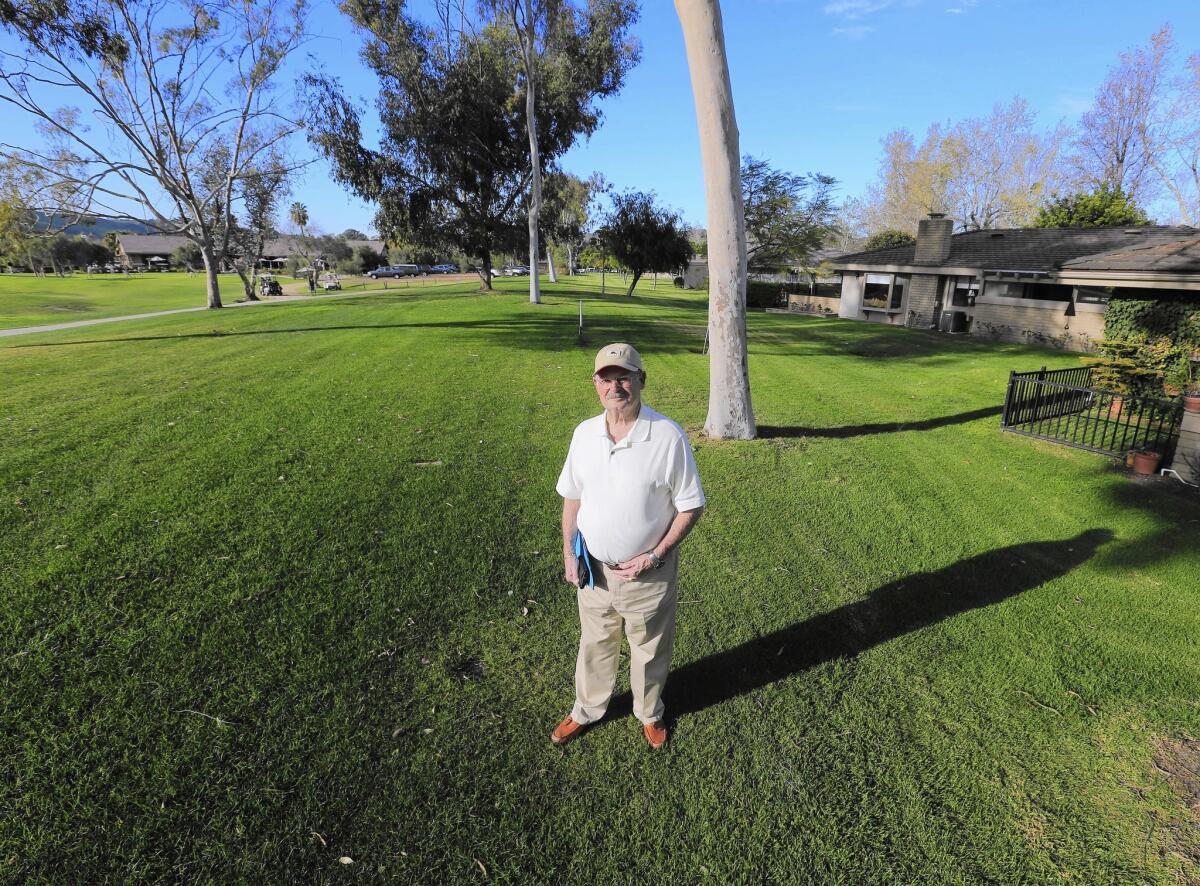In blow to water conservation, court rejects San Juan Capistrano’s tiered rates

In a ruling with major implications for California’s water conservation campaign, a state appeals court on Monday ruled that a tiered water rate structure used by the city of San Juan Capistrano to encourage conservation was unconstitutional.
The Orange County city used a rate structure that charged customers who used small amounts of water a lower rate than customers who used larger amounts.
But the 4th District Court of Appeal struck down San Juan Capistrano’s fee plan, saying it violated voter-approved Proposition 218, which prohibits government agencies from charging more for a service than it costs to provide it.
“We do hold that above-cost-of-service pricing for tiers of water service is not allowed by Proposition 218 and in this case, [the city] did not carry its burden of proving its higher tiers reflected its costs of service,” the court said in its ruling.
The stakes are high because at least two-thirds of California water providers, including the Los Angeles Department of Water and Power, use some form of the tiered rate system.
Gov. Jerry Brown immediately lashed out at the decision, saying it puts “a straitjacket on local government at a time when maximum flexibility is needed. My policy is and will continue to be: employ every method possible to ensure water is conserved across California.”
Brown added state lawyers are now reviewing the decision.
It also remains unclear what effect the ruling would have on other agencies that use tiered rates.
The court said that tiered prices are legal as long as the government agency can show that each rate is tied to the cost of providing the water.
“The water agency here did not try to calculate the cost of actually providing water at its various tier levels,” the court said of San Juan Capistrano. “It merely allocated all its costs among the price tier levels, based not on costs, but on pre-determined usage budgets.”
The highly anticipated decision comes in the wake of Brown’s executive order directing water agencies to develop rate structures that use price signals to force conservation. His order, which also requires a 25% reduction in urban water usage, marked the first mandatory water restrictions in state history and came as the state enters a fourth year of an unrelenting drought.
A group of San Juan Capistrano residents sued that city, alleging that its tiered rate structure resulted in arbitrarily high fees. The city’s 2010 rate schedule charged customers $2.47 per unit — 748 gallons — of water in the first tier and up to $9.05 per unit in the fourth. The city, which has since changed its rate structure, was charging customers who used the most water more than the actual cost to deliver it, plaintiffs said. The law, they argued, prohibits suppliers from charging more than it costs to deliver water.
The Los Angeles Department of Water and Power currently uses a two-tier rate structure, but agency officials have said they are preparing to roll out a revised system that would employ four tiers and that would make high water use even more costly than it is now.
Experts say 66% to 80% of California water providers use some type of tiered rates. A 2014 UC Riverside study estimated that tiered rate structures similar to the one used in San Juan Capistrano reduce water use over time by up to 15%.
An author of the study, Ken Baerenklau, said the effect was greatest on the heaviest water-users. In a previous interview with The Times, he said that if the court found in favor of the plaintiffs, as it did Monday, the decision “would be a big deal” because it would “stand in the face of significant momentum” toward tiered rates.
Follow @ByMattStevens for coverage of the California drought, the Westside and breaking news.
More to Read
Sign up for Essential California
The most important California stories and recommendations in your inbox every morning.
You may occasionally receive promotional content from the Los Angeles Times.











